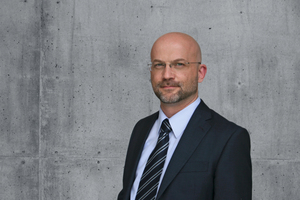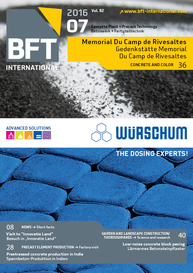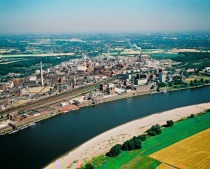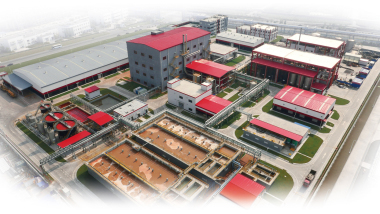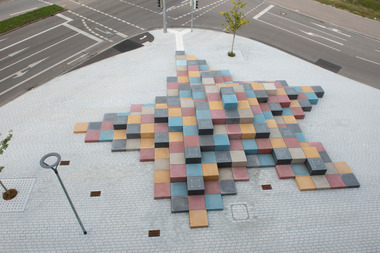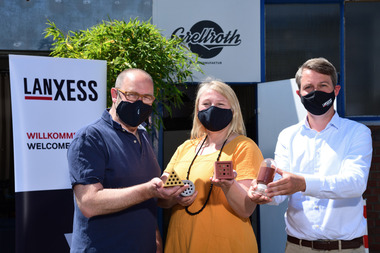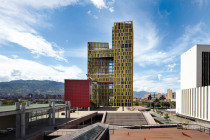Sustainable pigment production
The role played by colored concrete in modern architecture is becoming increasingly important. The many large and smaller structures erected in the recent past bear testimony to this development. These include structures of international significance, such as the Soccer-City Stadium in the South African metropolis of Johannesburg, as well as architectural milestones of regional importance, such as the Double Gymnasium in Landshut in the German state of Bavaria. Another impressive example is the “Memorial Du Camp de Rivesaltes,” which we present in detail in this issue of BFT International in connection with the topic of concrete and color (see pp. 36-39).
Experts estimate that around 1 million tons of inorganic pigments are manufactured annually worldwide – a large portion of which is used by the construction industry for coloring in-situ concrete for infrastructure projects and buildings, as well as in structural precast elements, concrete products and roofing tiles. The global demand is expected to continue to grow.
No less than one-third of the global production of iron-oxide pigments comes from the production facilities of the chemical group Lanxess. And around 280,000 tons, or one-fourth, is manufactured by this international giant in its plant in the German city of Krefeld Uerdingen. This year, the plant on the bank of the Rhine River celebrates its 90th anniversary. Visitors who take a tour of the extensive grounds of the plant can witness genuine industrial history: including the first production building erected in 1926 – which is still in operation. But the plant is not a museum. On the contrary, thanks to continuous investments in the production processes, it now sets standards for efficiency and sustainability. In comparison: the Lanxess plant in Ningbo, China, employs half as many employees as Krefeld Uerdingen, but it produces just about one tenth of the pigment quantities produced annually in the German plant.

